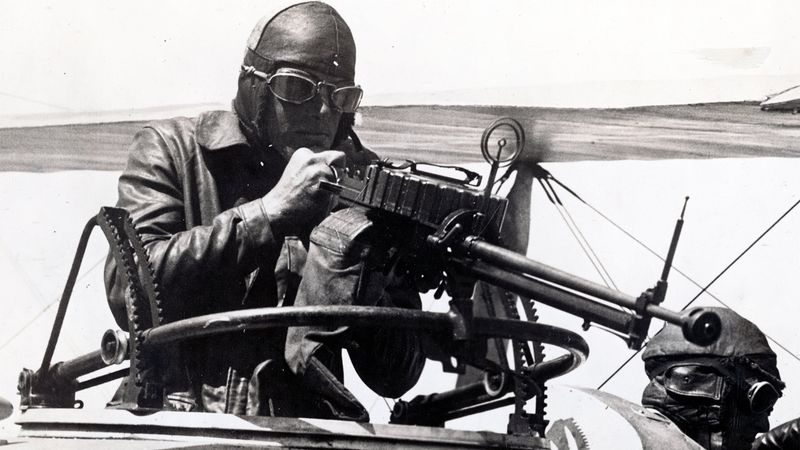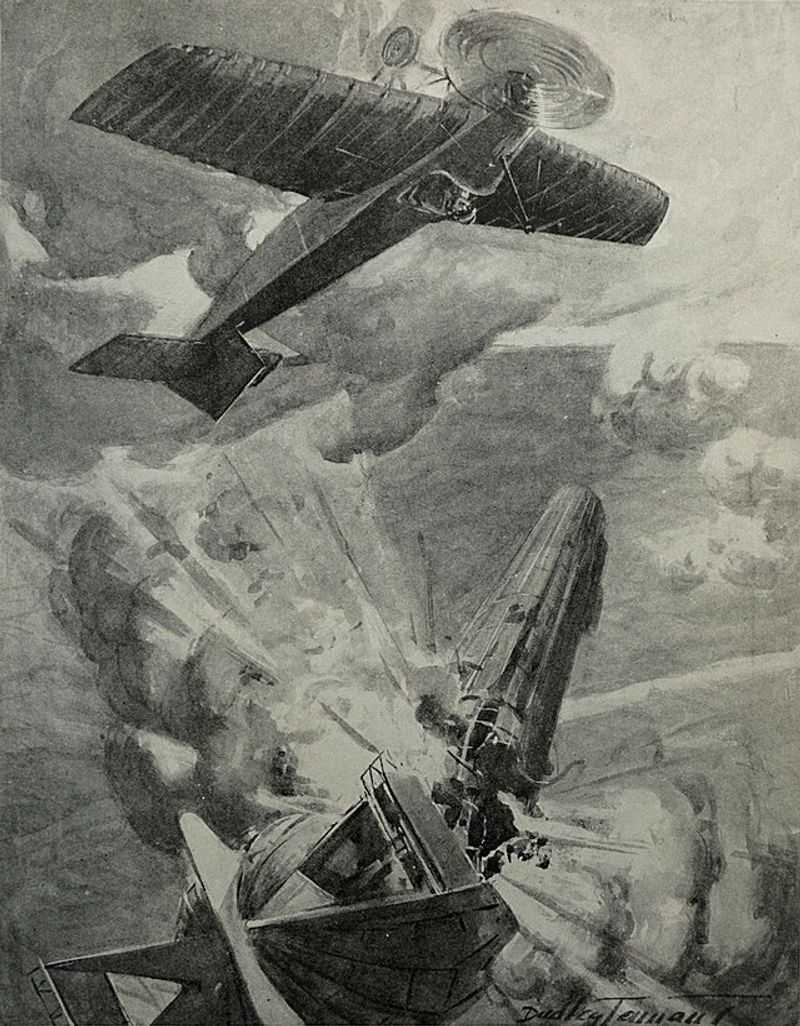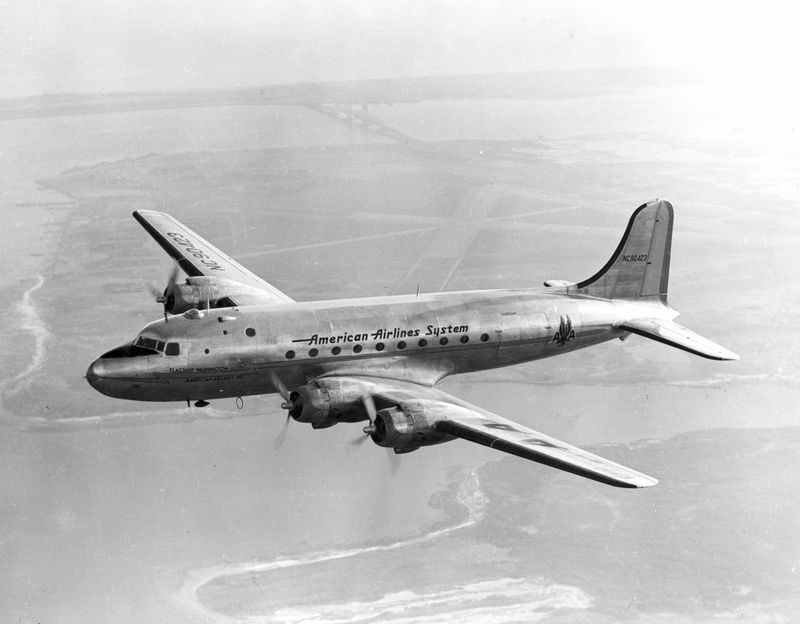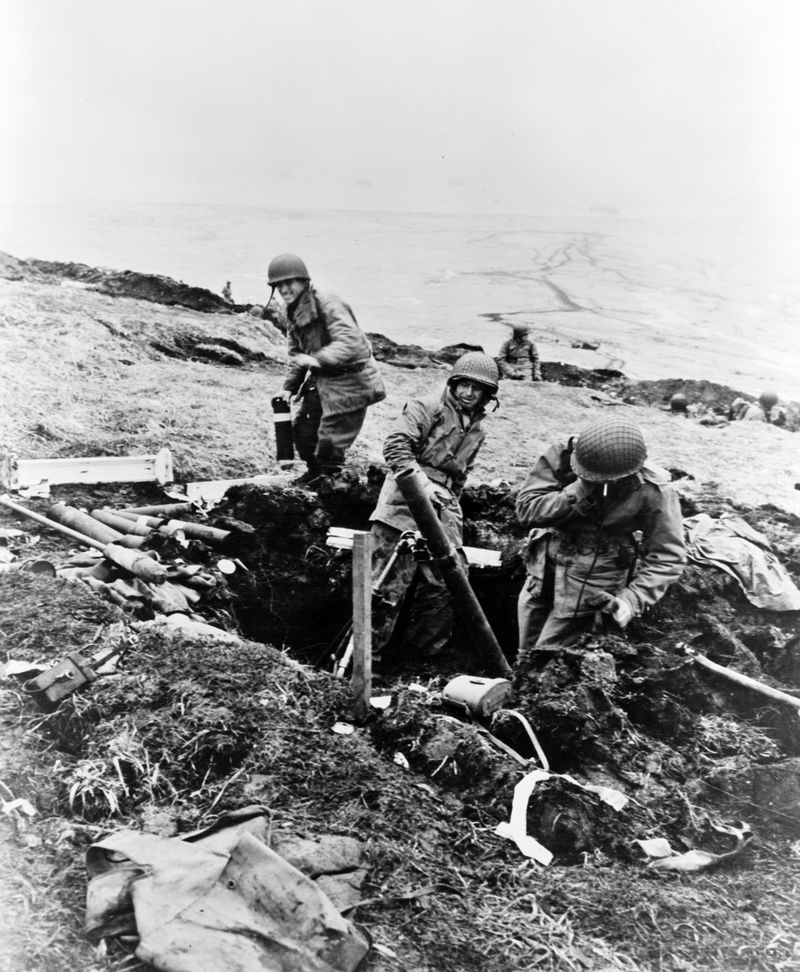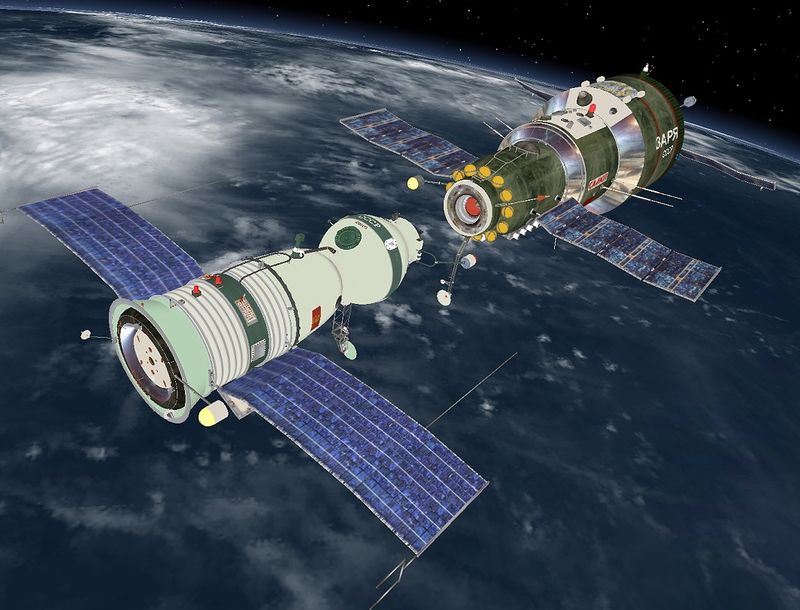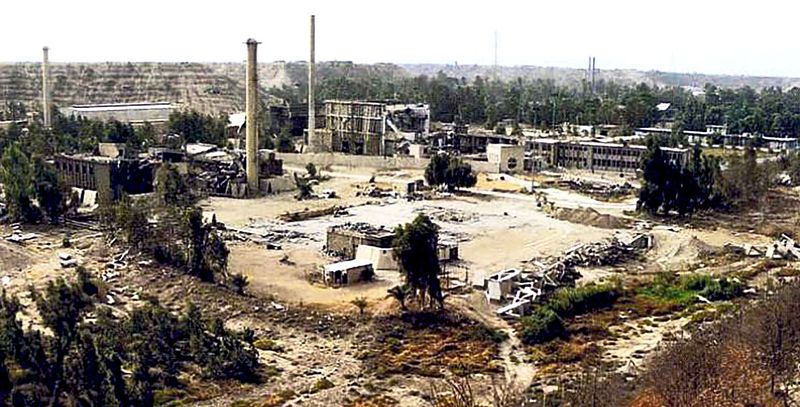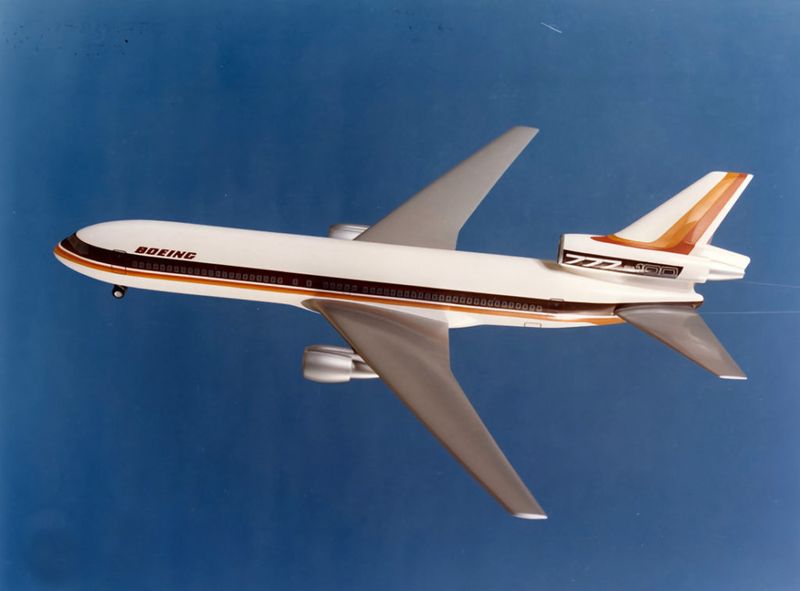The skies have witnessed remarkable achievements throughout history, with June 7 marking several pivotal moments in aviation and aerospace development.
From military innovations to commercial breakthroughs, this date has repeatedly changed how we view flight.
Let’s explore seven groundbreaking events that occurred on this day and forever transformed our relationship with air and space travel.
1. Machine Gun Takes Flight (1912)
Captain Charles DeForest Chandler made military aviation history on June 7, 1912, when he became the first American to fire a machine gun from an aircraft. The demonstration took place aboard a Wright Model B biplane at College Park, Maryland, with Chandler operating a Lewis machine gun.
This watershed moment fundamentally changed warfare strategy, transforming airplanes from observation platforms into offensive weapons. Military leaders immediately recognized the tactical advantages this development offered.
Within just a few years, this innovation would drastically alter combat during World War I, as fighter planes equipped with synchronized machine guns became deadly weapons in the skies over Europe.
2. Zeppelin’s Fiery Demise (1915)
Soaring through the night sky on June 7, 1915, Flight Sub-Lieutenant Reginald Warneford accomplished what many thought impossible. The young Royal Naval Air Service pilot maneuvered his fragile Morane-Saulnier Type L aircraft above German Army Zeppelin LZ 37 over Belgium and dropped bombs that engulfed the massive airship in flames.
Warneford’s daring attack marked the first time an airship had been destroyed in air-to-air combat. The explosion was so violent it nearly destroyed his own aircraft.
For this extraordinary act of bravery, he received the Victoria Cross but tragically died just ten days later in an unrelated flying accident.
3. Douglas DC-4E Takes Wing (1938)
Aviation engineering leaped forward on June 7, 1938, when the experimental Douglas DC-4E prototype first lifted into the California skies. With its tricycle landing gear, power-assisted controls, and pressurized cabin, this mammoth four-engine airliner represented cutting-edge technology.
Despite its innovations, the aircraft proved too complex and expensive for commercial success. Only one was ever built, eventually being sold to Japan where it was studied and influenced Japanese aircraft design.
Nevertheless, the lessons learned from this ambitious project directly shaped the development of the highly successful DC-4, DC-6, and DC-7 airliners that would dominate post-war commercial aviation.
4. Japanese Occupation of American Soil (1942)
Dawn broke with ominous significance on June 7, 1942, as Japanese forces stormed ashore on Attu Island in Alaska’s Aleutian chain. The invasion marked an unprecedented breach of American territory, the only occupation of continental U.S. soil during World War II.
While often overshadowed by the Battle of Midway occurring simultaneously, this strategic move demonstrated Japan’s far-reaching air and naval capabilities. The harsh Arctic conditions made this remote battlefield uniquely challenging for both sides.
American forces would not reclaim Attu until May 1943 after a brutal campaign that cost over 3,000 lives. This forgotten theater underscores the truly global nature of aerial warfare during WWII.
5. Humanity’s First Space Station Greeting (1971)
Cosmonauts Georgy Dobrovolsky, Vladislav Volkov, and Viktor Patsayev made history on June 7, 1971, becoming the first humans to board a space station. Their Soyuz 11 spacecraft successfully docked with Salyut 1, the Soviet Union’s pioneering orbital outpost.
For 23 days, the crew conducted groundbreaking scientific experiments while orbiting Earth. Their mission demonstrated the possibility of extended human presence in space, laying crucial groundwork for later stations like Mir and the ISS.
Tragically, what began triumphantly ended in disaster. During their return to Earth, a ventilation valve malfunction caused cabin depressurization, claiming all three cosmonauts’ lives—the only humans to have died in space rather than during launch or reentry.
6. Israel’s Daring Nuclear Strike (1981)
Eight F-16 Fighting Falcons streaked across Iraqi airspace on June 7, 1981, in a bold mission code-named Operation Opera. Israeli pilots navigated at extremely low altitudes to avoid radar detection before unleashing precision bombs that completely destroyed Iraq’s Osirak nuclear reactor near Baghdad.
This surprise attack, occurring before the reactor became operational, marked the combat debut of the F-16 aircraft. Israel justified the controversial strike as self-defense against potential nuclear threats, though it faced international condemnation.
The raid established a precedent for preemptive strikes against nuclear facilities and demonstrated how air power could be used for counter-proliferation. Military strategists still study this mission for its planning, execution, and geopolitical implications.
7. Boeing’s Revolutionary Twinjet Debuts (1995)
Passengers boarding United Airlines Flight 942 at London Heathrow on June 7, 1995, became part of aviation history. Their aircraft, a gleaming new Boeing 777, embarked on its first commercial journey to Washington Dulles International Airport, introducing the world to a revolutionary airliner.
The 777 broke new ground as the first commercial aircraft designed entirely using three-dimensional computer graphics. Engineers from airlines worldwide contributed to its development, resulting in unprecedented efficiency and passenger comfort.
With its twin engines capable of transoceanic flight, the “Triple Seven” redefined long-haul travel. Nearly three decades later, this versatile aircraft remains a backbone of global aviation, with over 1,600 delivered to airlines across the planet.

